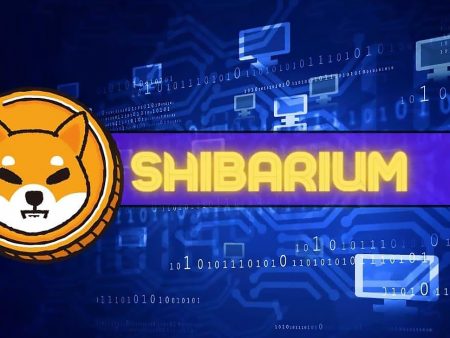Visual Computing is a field that many people are interested in and researching in recent years. Therefore, this article of AZcoin will delve into the concept of what Visual Computing is as well as its extremely useful practical applications in modern life.
From there, readers will have a more comprehensive and in-depth view of this potential technology field.
What is Visual Computing?
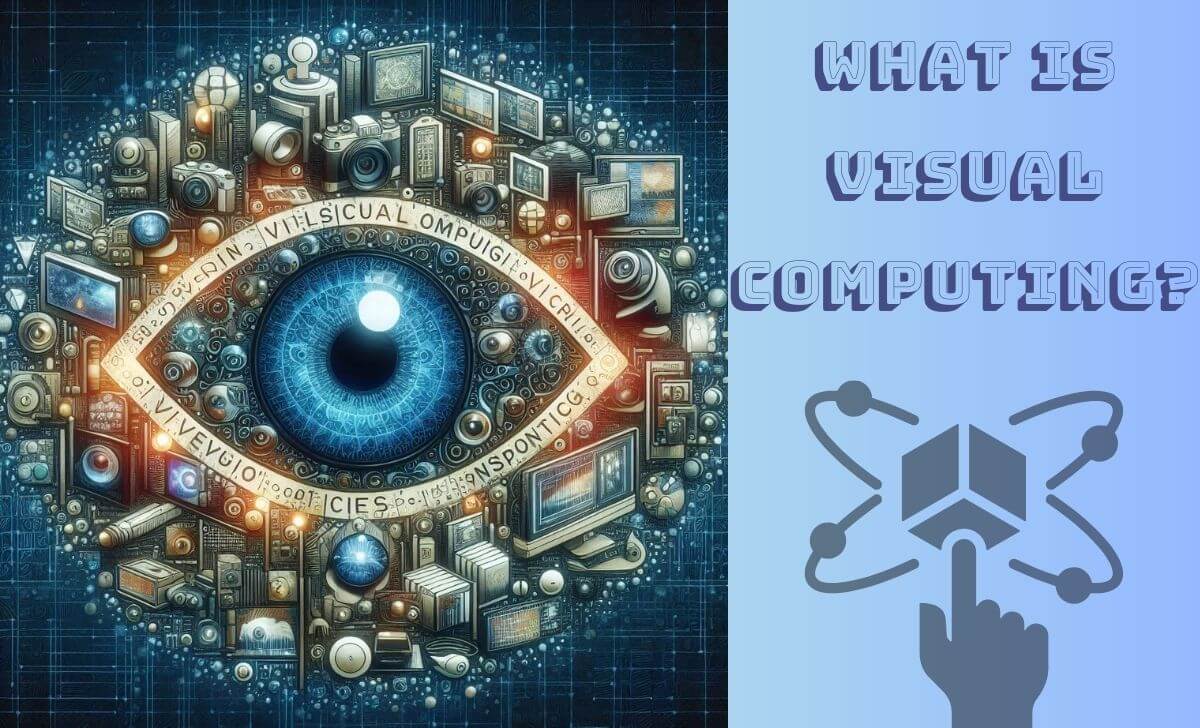
Visual Computing is a broad field in computer science that focuses on the processing and analysis of visual data using computer resources. This field includes many different sciences such as computer science, mathematics, physics and cognitive science.
The goal of Visual Computing is to understand and interact with activities through the manipulation of images and visual data, including live objects or representations of invisible objects. Visual Computing includes many media such as images, 3D models, videos, block diagrams and simple icons.
History of Visual Computing
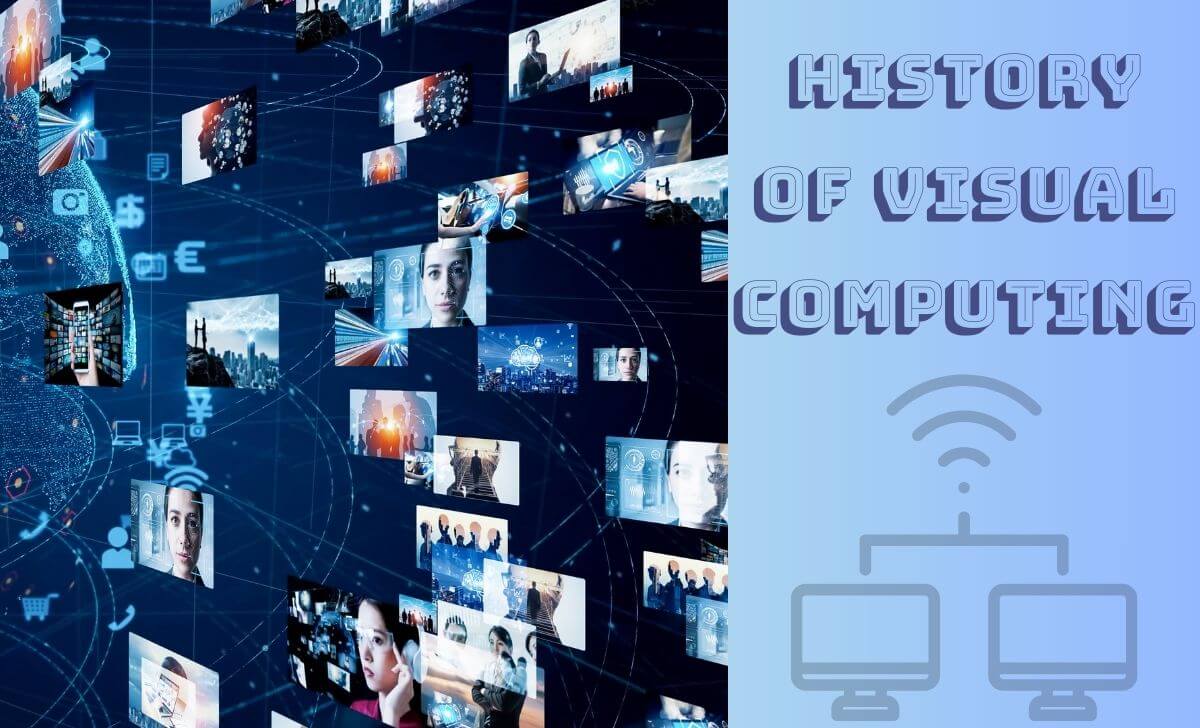
Below is an overview of the history of Visual Computing:
- 1950-1960s: Visual Computing begins with the development of the basic principles of computer graphics. Research such as Ivan Sutherland’s Sketchpad in 1963 laid the foundation for interactive computer graphics.
- 1970s: Early 2D and 3D graphics technologies begin to appear. Systems such as OpenGL are developed, helping to shape graphics standards. Research in areas such as vector graphics and 3D modeling opens up new avenues of development.
- 1980s: 3D graphics technologies become more popular with the advent of software and hardware such as OpenGL and DirectX. Applications such as video games and simulations begin to use 3D graphics to create rich experiences.
- 1987: Yann LeCun develops the first deep learning algorithm, laying the foundation for the development of modern deep learning.
- 1990s: The field of Visual Computing begins to flourish. Image processing and video analysis algorithms are studied and applied in many fields, from security to medicine.
- 1999: NVIDIA’s CUDA (Compute Unified Device Architecture) is introduced, providing powerful parallel processing capabilities for graphics and computing applications.
- 2000s: The development of the Internet and the increase in the amount of image and video data has driven the need for more efficient image processing algorithms and tools. Machine learning algorithms begin to be applied in this field.
- 2010s: The birth of deep learning and artificial neural networks has created a revolution in the field of Visual Computing. Deep learning algorithms have achieved outstanding results in tasks such as image recognition, natural language processing and photorealistic image generation.
- 2012: AlexNet, a deep neural network, wins the ImageNet Large Scale Visual Recognition Challenge, marking a major turning point in the field of image recognition.
- 2020s – present: AI is increasingly integrated into Visual Computing, from automatically generating visual content to improving the quality of images and videos. Technologies like Generative Adversarial Networks (GANs) and Midjourney AI Art are opening up new possibilities in image creation and editing.
Benefits of Visual Computing
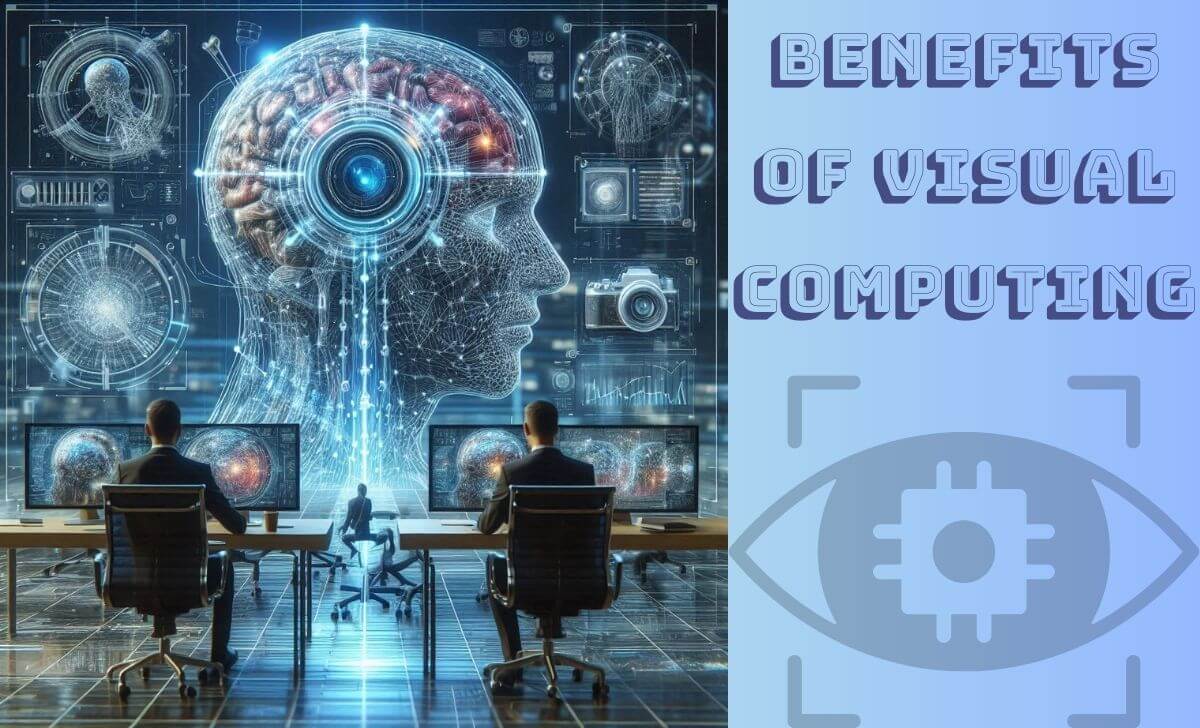
Below are some of the prominent benefits of Visual Computing:
- Improved user experience: Visual Computing enables richer and more intuitive user interfaces (UI) and user experiences (UX). 3D graphics and virtual reality (VR) applications facilitate intuitive and dynamic interactions.
- Enhanced analytics: In fields such as medicine, science and engineering, Visual Computing helps analyze complex visual data, such as MRI images or sensor data, to aid in disease diagnosis, scientific research and engineering design.
- Intelligent decision support: Visual Computing technology is capable of recognizing and analyzing objects in images or videos, helping in decision making in fields such as security, automation and transportation.
- Enhanced interactivity: Visual Computing plays a key role in interactive technologies such as video games and virtual reality applications, providing richer and more interactive experiences for users.
- Performance improvement: Image processing and machine learning algorithms improve the performance and accuracy of automation systems, object recognition and data analysis.
- Applications in art: Visual Computing contributes to the development of special effects and imaging technologies in movies, games and other digital art products.
Applications of Visual Computing
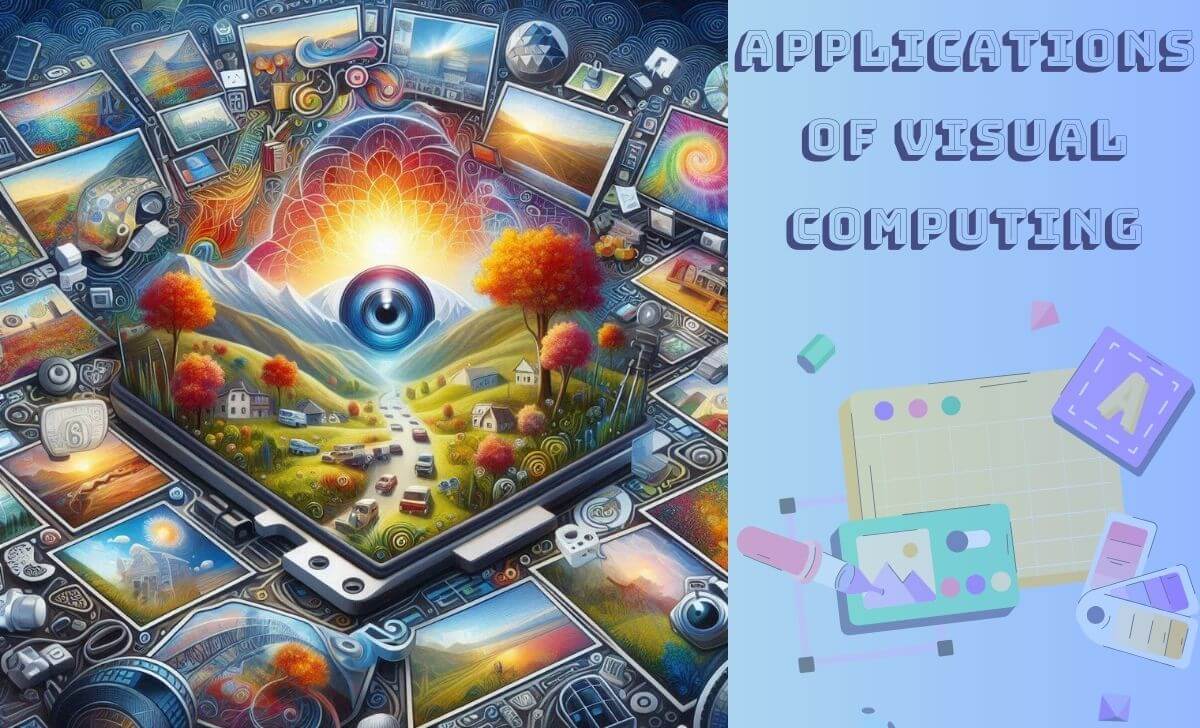
Visual Computing has demonstrated its influence through many important practical applications:
Medical image processing
Visual Computing is used to detect abnormalities in X-ray, MRI and ultrasound images. This technology assists doctors in early detection of serious health problems such as cancer, cardiovascular disease and trauma. By automatically analyzing medical images, Visual Computing helps improve the accuracy and speed of diagnosis, thereby improving the efficiency of treatment and healthcare.
Industrial automation
In industry, Visual Computing supports product quality inspection, monitoring the production process and detecting errors. This technology helps optimize production efficiency, minimize errors and ensure product quality.
Computer games and virtual reality
Visual Computing is also the core technology in creating virtual worlds in computer games and virtual reality (VR) applications. Computer graphics and Visual Computing help create immersive and realistic experiences, from creating detailed 3D models to handling motion and special effects in games and VR environments. This not only makes games more realistic, but also opens up new possibilities for interacting with virtual worlds.
Image and video processing in social media
Social media services such as Facebook and Instagram use Visual Computing to recognize faces, classify images, create animations. This technology makes it easy for users to search and manage their images and create fun and customized effects for photos and videos. The application of Visual Computing in social media improves the user experience and increases engagement on these platforms.
Autonomous vehicles and robots
Visual Computing is a key factor in the development of autonomous vehicles and robotics technology. Visual Computing helps autonomous vehicles recognize traffic signs, pedestrians and surrounding objects, thereby supporting safe control and navigation. Similarly, this technology also supports robots in moving and interacting with the environment, expanding the possibilities for automation and applications in many different fields.
Conclusion
Above, AZCoin has summarized the benefits of Visual Computing in improving user experience, enhancing data visualization and promoting innovation in design. This field not only improves efficiency and quality in many applications but also opens up new opportunities for technological development.

I’m Jessi Lee, currently living in Singapore. I am currently working as a trader for AZCoin company, with 5 years of experience in the cryptocurrency market, I hope to bring you useful information and knowledge about virtual currency investment.
Email: [email protected]

